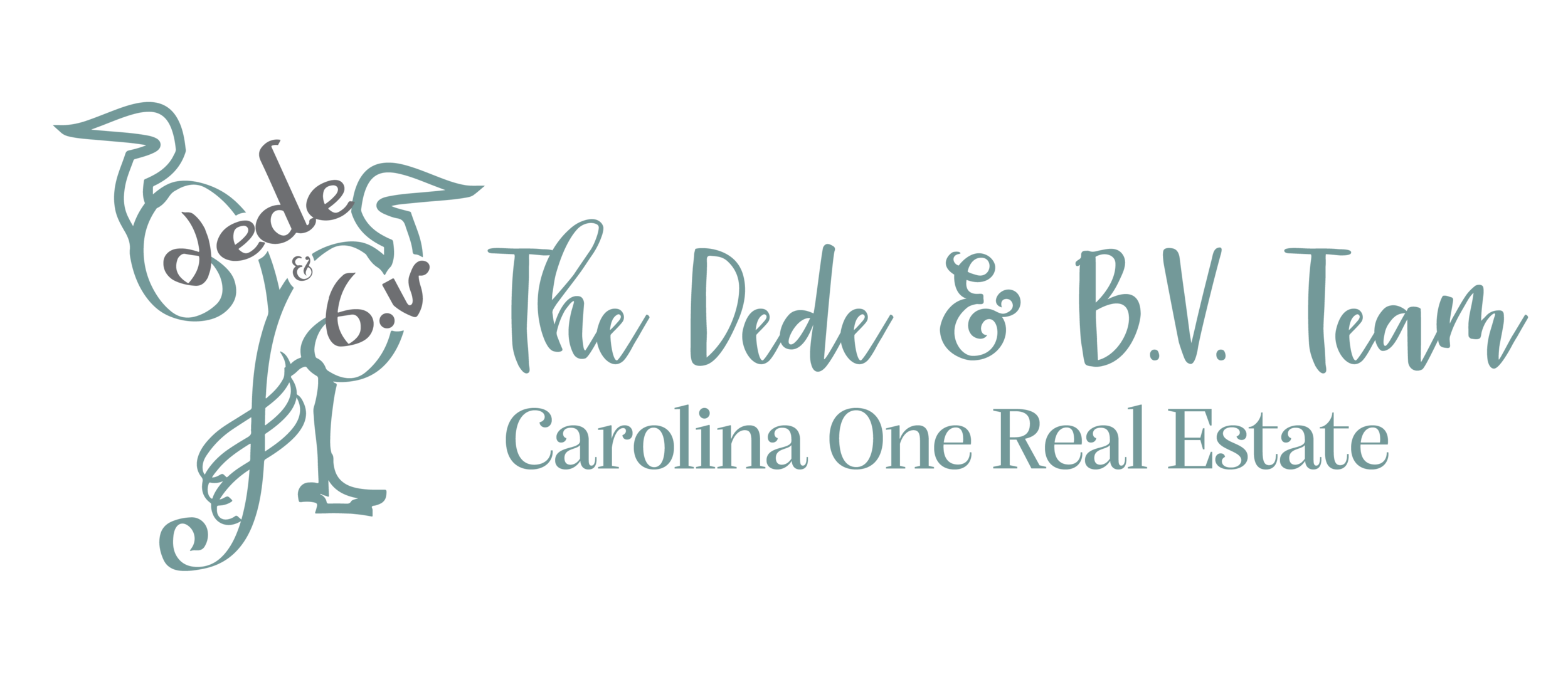Union Pier Site Tour
I recently attended a public open house at Union Pier organized by the College of Charleston. The South Carolina Ports Authority is selling 70 acres of fill and terminal piers built over water in the Charleston Harbor and local billionaire Ben Navarro is buying it. What will be built there is for him to propose and City of Charleston officials to approve, but there’s a lot more to the project that meets the eye and infinite layers of complexity to be navigated.
The redevelopment of this site has been in discussion since at least the 1990s. The unique site offers high potential for a transformative mixed-use site with public amenities, but when the first contracted buyers made their proposal, the project was met with great opposition from the local community. Concerns of building height, flooding, lack of greenspace, expensive infrastructure to maintain and density were all voiced. That contract was terminated and now Navarro’s Beemok Corporation holds the reigns. He aims to navigate a path forward that allows for urban development while protecting the environment, historical landmarks and the inimitable culture of Charleston.
Archaeologists are very interested in what could surface during construction. Why? The site feels very industrial - it’s currently all concrete and warehouses. But beneath all that desolate hardscape are at least 4 areas of major historical significance that create interest and concern:
Mosquito Fleet Landing Site - the Gullah community fished from this site starting in the 1800s and would like access to the water to continue passing down their fishing traditions
Bennett Rice Mill Facade - this historic architectural relic from Charleston’s rice cultivation economy needs to be spared and incorporated into the design
The Hard - a shellring ceremonial ground currently covered by asphalt should be unearthed and preserved
Public Landing & Fish Market - the history of the wharves and Charleston’s earliest commerce should be preserved
What would archaeologists likely find onsite? Relics of Jonathan Lucas’s rice mill and the revolutionary ponds he used to separate rice husk and bran. Buried artifacts from the suspected shellring that indigenous people used as a ceremonial site. Remnants from the cotton and slave trade as well as other commerce that took place on the site.
The tour also touched on future zoning changes, since this project has brought up unprecedented concerns. The City of Charleston is creating a “Waterfront Land Use” zoning category in response to this development. Urban designers now weighing in suggest that the waterfront zone needs to be mixed use with excellent waterfront access, civic parks, be properly scaled with integrated resiliency and be vibrant for all residents. Laws restricting development along the waterfront were rescinded in the 1800s opening up the riverfront for business and commerce, and the City needs to establish new zoning regulations to protect the area.
Which brings up environmental concerns. Because there weren’t restrictions, the existing piers are built far over the water, disrupting the delicate ecosystem of the Cooper River. One aspect under consideration is to eliminate the farthest piers and bring the structure closer to the land to give the water back to nature. Another environmental concern mentioned was tree canopy. Charleston considers 50% tree canopy coverage to be ideal. Unlike James Island’s Riverland Terrace neighborhood, which is one of the coolest, heat resilient areas in the city due to its foliage and shade, Union pier has no tree canopy and is therefore one of the hottest places in Charleston. Can this be overcome?





